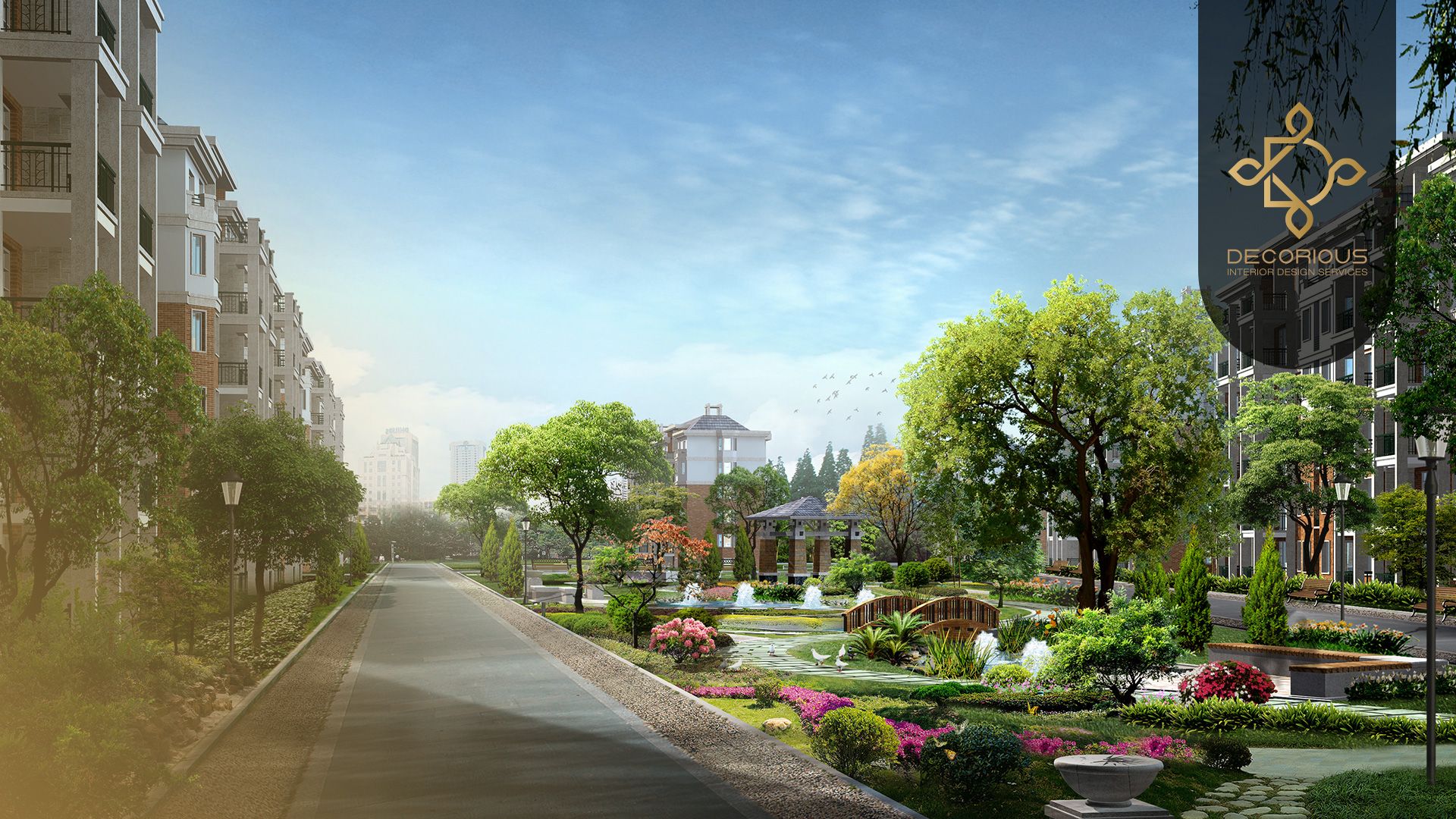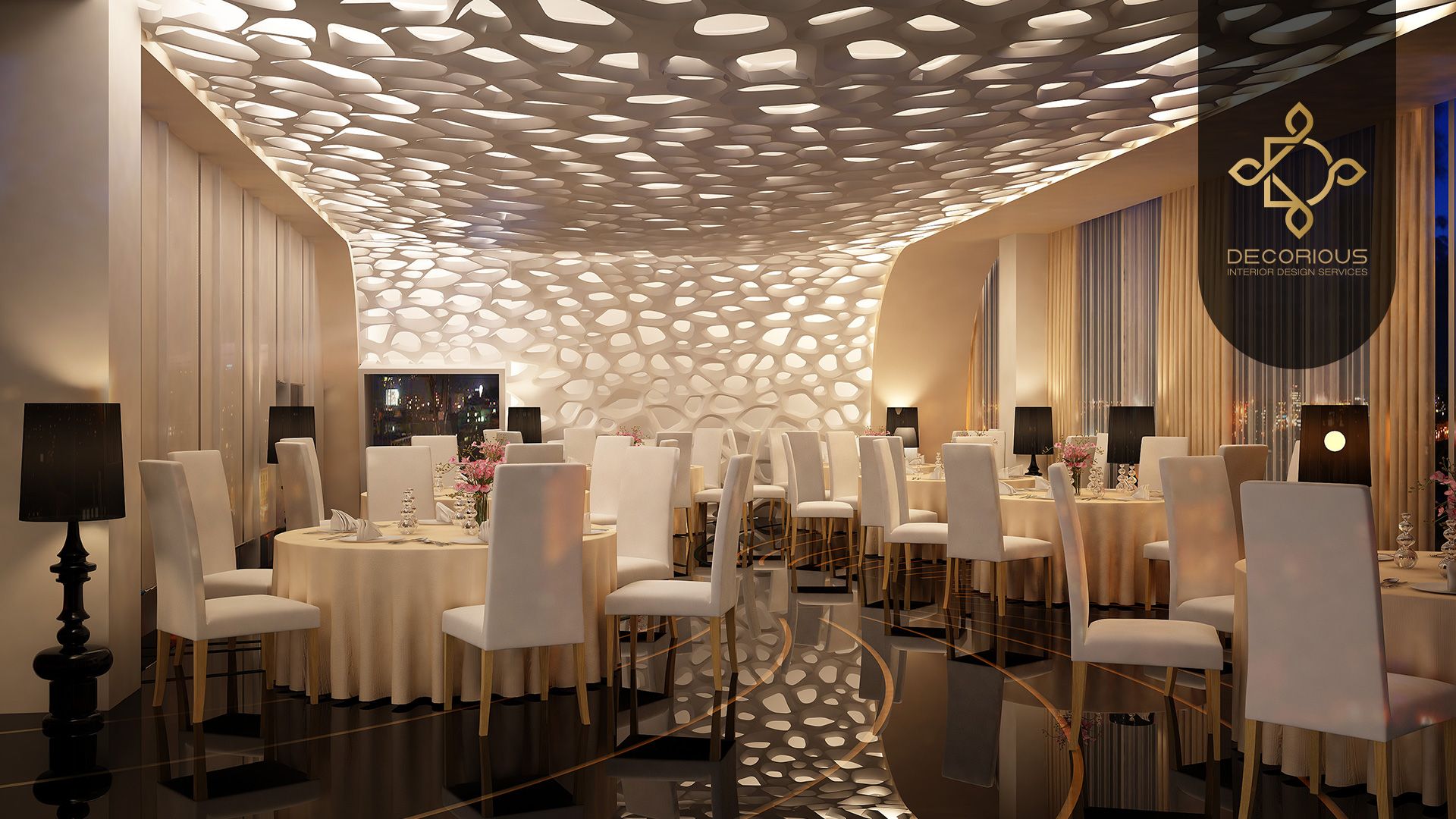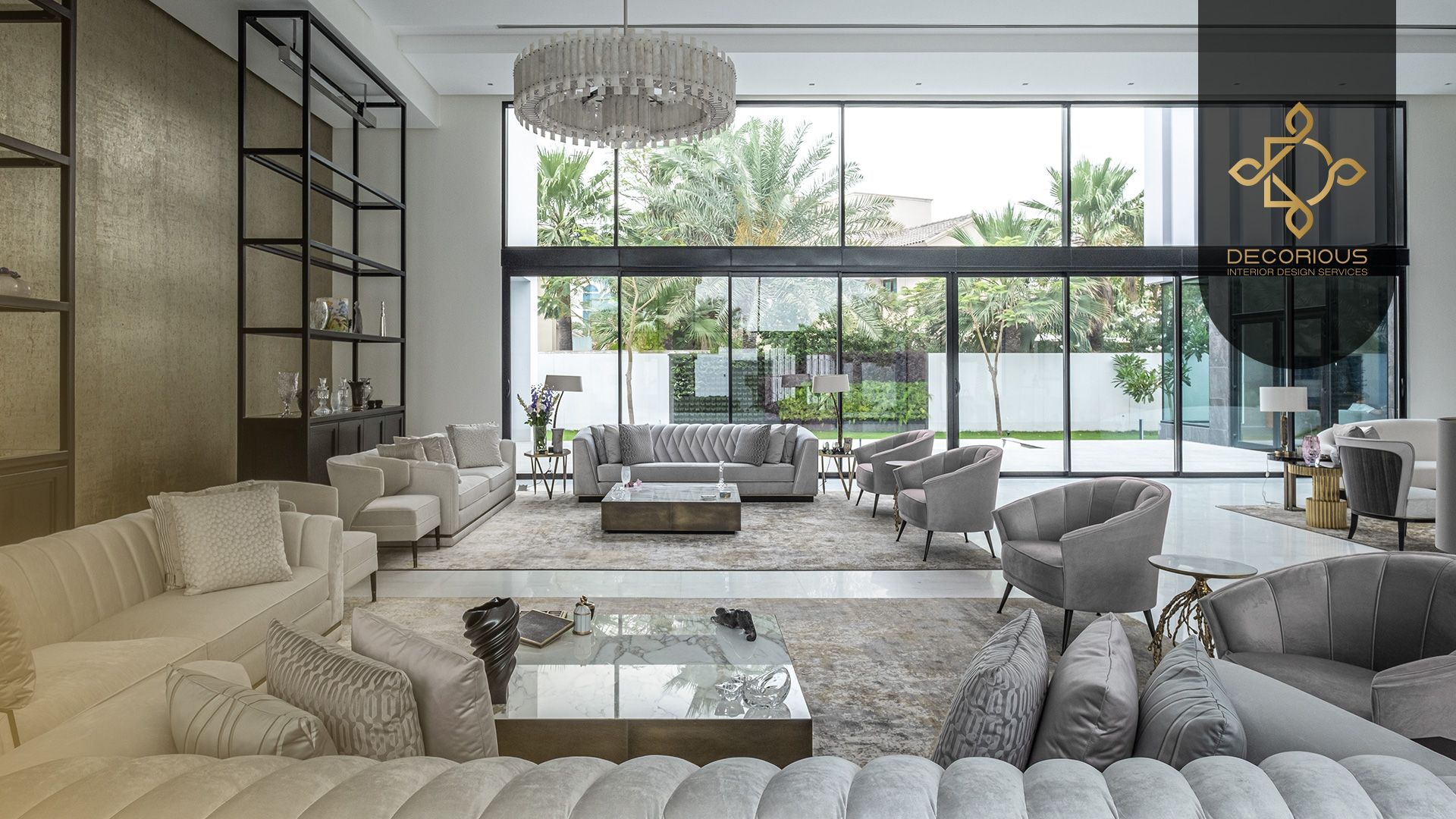
Landscape architectural design is concerned with the design of beautiful cities, parks, streets and public places that promote healthy living and well-being while also safeguarding natural surroundings and people.
Besides, landscape architectural design is concerned with building landscapes that are safe, sustainable, and resilient, as well as landscapes that change but persist over time.
The environment has suffered greatly as a result of centuries of growth, and this has had a significant impact on human lives.
Maintaining a healthy balance in our atmosphere, including air quality, ecology, and natural resources, is no longer a choice in such a time.
Landscape architectural design, or the design of indoor and outdoor spaces, aims to achieve aesthetic and environmental goals while also ensuring long-term sustainability by eliminating contaminants from the environment.
Considering that, all structures are part of the landscape and can be used to enhance the ecosystem.
How Landscape and Architectural Design Complement Each Other
Each component of successful interaction of landscape and building architectural design must support the other. Aside from aesthetics, landscape design may help architecture in a variety of ways:
Using design strategies to limit the amount of light or heat that enters interior rooms, such as:
- Using a softer, less reflecting surface (such as plant material) to lessen longwave radiation from concrete or asphalt, or designing a more reflective surface to bounce indirect light into a space.
- In some regions, strategically designing a concrete surface to behave as a thermal mass.
Using landscape and architecture in educational facilities as teaching tools. This can be accomplished in a variety of ways, including:
- Rooftop gardens for basic gardening lessons.
- Water treatment and quality, such as bioswales and retention ponds.
- Rainwater management, such as collecting roof runoff and using it for irrigation or even toilet flushing, where permitted.
- Habitat preservation and creation, with a focus on the flora and animals of the area.
Extending inner space to the exterior, so increasing the utilization of both, merely by considering the proximity.
How Architecture Firms in Dubai Aids in The Fight Against Environmental Challenges
The majority of people are unaware that a majority of household objects, such as furniture, upholstery, building materials, fixtures, and so on, emit hazardous pollutants into the atmosphere.
The impact is the same, regardless of the cause, which might range from heavy metal oxidation to hazardous fumes. Air pollution is the most serious of these issues.
Landscape architectural design provides a long-term and cost-effective solution for removing pollutants from the environment.
Carbon dioxide levels are always under control when you have green plants in and around your home. Plants also absorb hazardous elements, allowing you to maintain a healthy living environment.
Customizable and Long-Term Development Options for House Building Design
Many people believe that landscape architecture is solely concerned with gardening and the installation of green plants to beautify a space.
Landscape architects, on the other hand, build garden designs based on climate and ecology after a thorough examination of the surroundings.
They provide solutions that are tailored to each home's unique surroundings and address local environmental challenges.
The Importance of Architecture and Interior Design Companies in Dubai
Hence, landscape architecture is essential to the design of any building. Any building is surrounded by other landscapes such as neighboring buildings, parks, open space, landmarks, greenery, and nature itself, regardless of where it is located.
As a result, landscape architectural design is an important component of any building design or construction.








